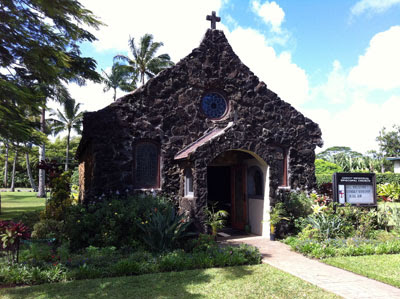Trinkets. Tchachkies. Tourist stuff. Memories. Special moments. Something to collect ... Souvenir spoons are all of that. They are ubiquitous. Every tourist attraction, commemorative event or fund raiser seems to have one to offer. Most today are cheap, stamped pieces with little craftsmanship or intrinsic value. But that was not always the case. In centuries past, silver objects (trophies, presentation bowls and platters, etc.) were given as a token to memorialize important events and celebrate special occasions. Spoons were the silver gift given when a baby was born.
 |
| A variety of silver & pewter souvenir spoons. |
By the mid-1800s, the gilded age, the larger objects were too cumbersome for travelers to foreign lands, so smaller items were substituted. Spoons became the memento of choice. These were often elaborate, handcrafted spoons, made in limited quantities. As mass production of metals became the norm, so too was the mass production of souvenir spoons. Although silver plated spoons were available, the souvenir spoons of the late-1800s and early-, mid-1900s are normally sterling silver.
 |
| Selection of 19th Century Silver Souvenir Spoons |
Here in America, collectors seem to be most interested in spoons from American sites and events. But there are wonderful souvenirs from all over the world that are wonderful. Collections vary from topical themes and regional souvenirs, or just select spoon makers, to collections that are all-encompassing. Many people want these spoons as mementos of trips they took or events that they attended.
 |
| New York Souvenir Spoons (Photo Courtesy JenX) |
Spoons range in size from the tiny salt spoons to full-sized dinner spoons. The most common size is the demi-tasse or coffee spoons. Specialized spoons, such as tea caddies, spoons with enamel and bright cut bowls or moving parts, add interest to any collection.





















Comments
Post a Comment